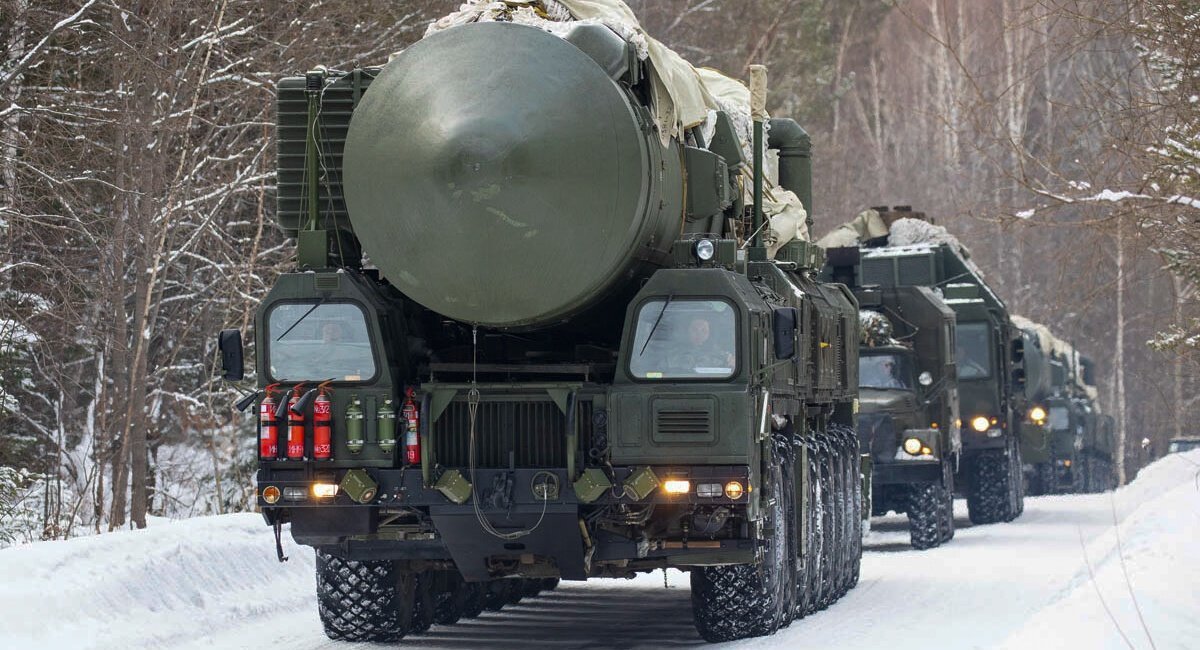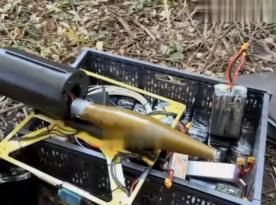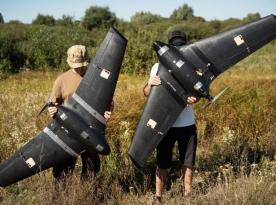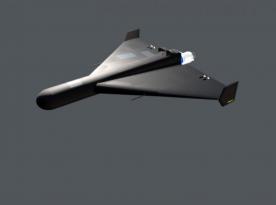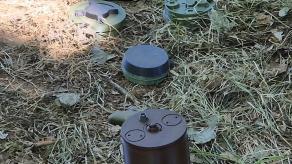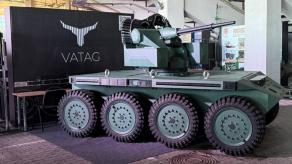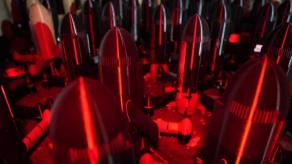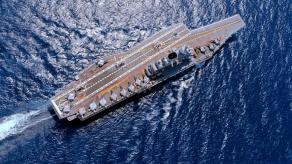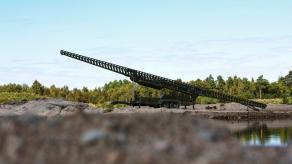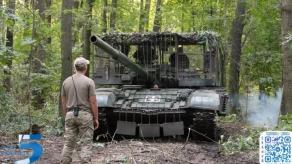The head of the U.S. Strategic Command, Anthony J. Cotton, outlined the primary nuclear threats posed by russia, China, North Korea, and Iran in his report to the U.S. Senate. This report presents a highly pessimistic assessment of the growing cooperation among nuclear-armed totalitarian states.
The report challenges the simplistic view held by some Trump supporters that merely redirecting resources to the Pacific will automatically resolve most security concerns. Even prioritizing efforts to counter China does not change the fact that Beijing is actively cooperating with Moscow to expand its nuclear capabilities.
Read more: russia's Largest Submarine Measures 184 Meters, but They Are Already Discussing 360-Meter Nuclear Gas-Carrying Subs
Specifically, the report states that Beijing is making significant investments in expanding its nuclear infrastructure and increasing plutonium production in breeder reactors with russian support. China currently possesses approximately 600 deployed warheads, with projections indicating this number will reach 1,000 by 2030. Simultaneously, China is constructing "missile fields"—launch sites for intercontinental ballistic missiles—in its western regions, with 320 silos already completed.
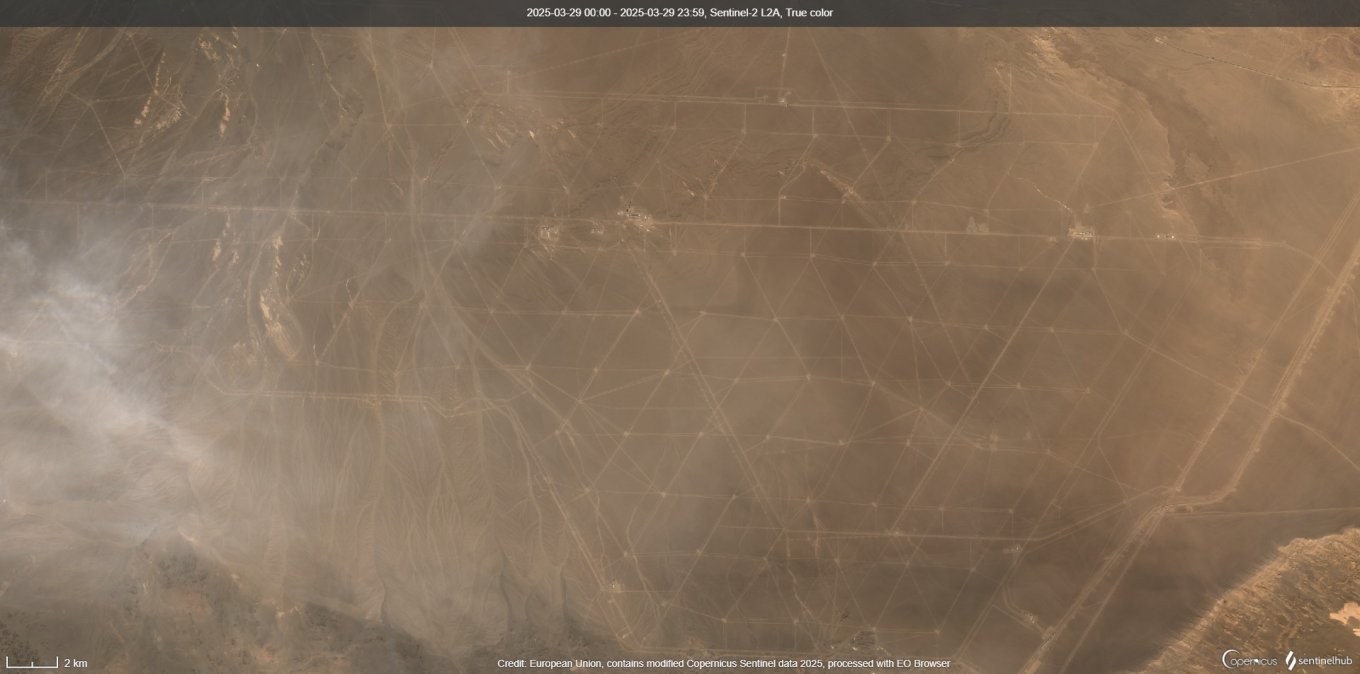
Additionally, the report highlights that China’s six Type 094 ballistic missile submarines are considered a reliable nuclear deterrent. It also notes the ongoing development of the H-20 strategic stealth bomber, which, with an 8,000-kilometer flight range, could pose a direct threat to the U.S. mainland—especially when factoring in aerial refueling and long-range strike capabilities.
Meanwhile, russia maintains the world's largest nuclear arsenal, with 1,550 deployed strategic warheads and an estimated 2,000 tactical nuclear warheads. According to the report, russia currently operates 310 deployed intercontinental ballistic missiles within its Strategic Rocket Forces, carrying a total of approximately 1,200 warheads.
Up to 700 warheads can be carried by 10 Borei-class strategic ballistic missile submarines (14 are planned, 8 have been launched), which are gradually replacing the Soviet-era Project 667BDRM Delfin submarines (5 remain in service). Additionally, russia is expanding its Yasen-class nuclear-powered attack submarine fleet, with plans for 12 vessels (6 have been launched), some of which will also be capable of carrying nuclear weapons.
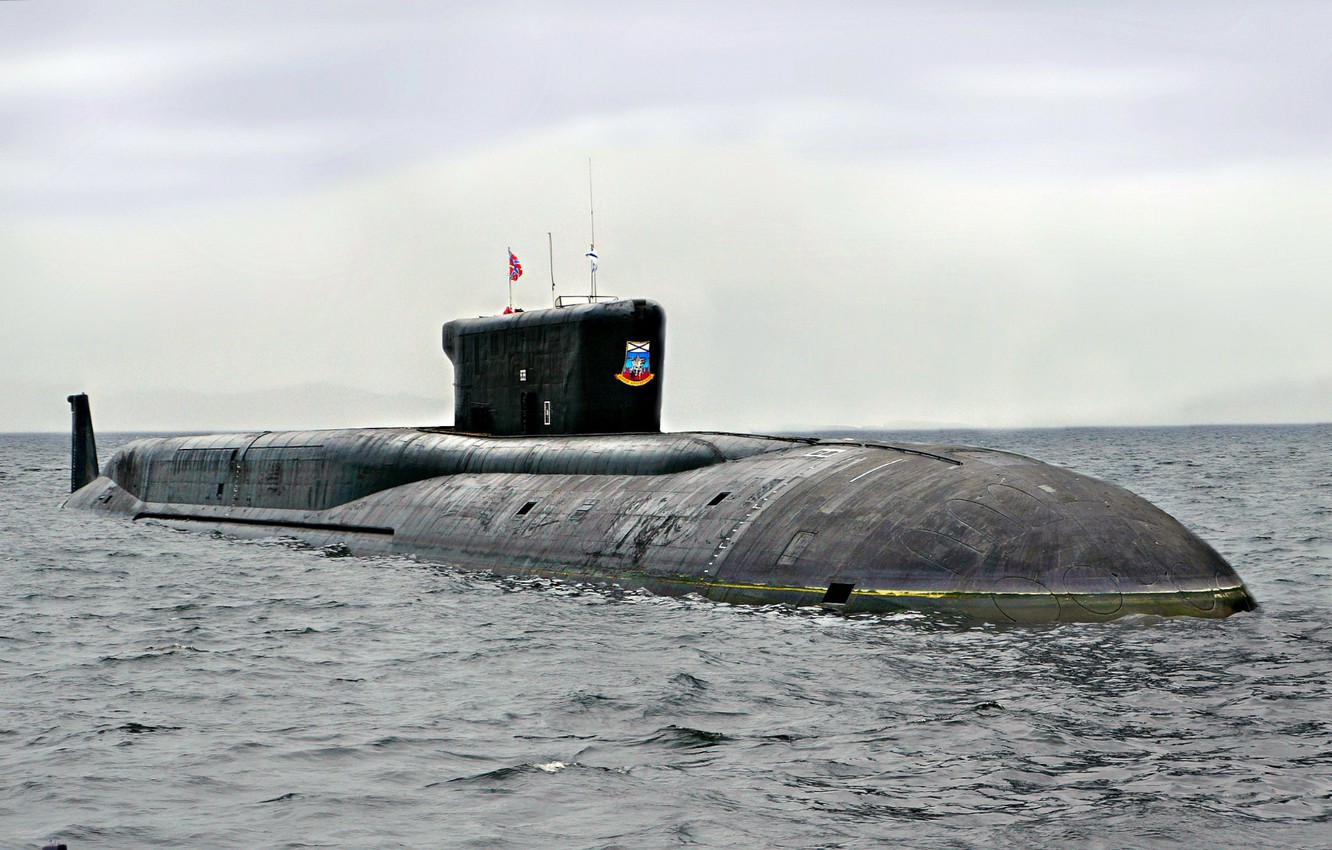
The report also mentions russia’s development of the Poseidon nuclear-powered torpedo, designed to carry a 2-megaton warhead, and the continued advancement of the nuclear-powered cruise missile Burevestnik.
Regarding the air component, the report suggests that russia may complete the development of its new Tupolev PAK DA strategic bomber by the late 2020s. Additionally, the Pentagon expresses concern over russia’s potential deployment of nuclear weapons in space, warning that such a move would be highly destabilizing.
As for North Korea, the report does not specifically address russia’s role in Pyongyang’s missile and nuclear programs. However, it confirms that North Korea is expanding its stockpile of weapons-grade plutonium and uranium, conducting test launches of new solid-fuel long-range missiles - which significantly reduce pre-launch preparation time - and constructing a strategic submarine. Furthermore, North Korea has announced plans to develop tactical nuclear weapons.
Iran receives minimal attention in the report, with only a brief mention that Tehran is increasing its stockpile of highly enriched uranium, deploying new centrifuges for its production, and has shortened the time required to accumulate enough weapons-grade uranium for a nuclear device from 10-15 days to less than 7 days. Additionally, Iran’s new Simorgh space launch vehicle has the potential to serve as the foundation for a medium-range ballistic missile capable of carrying a 1,000 kg warhead with a range of up to 3,900 km.
Read more: Questions to iran's New Kamikaze Drone For Submarines




